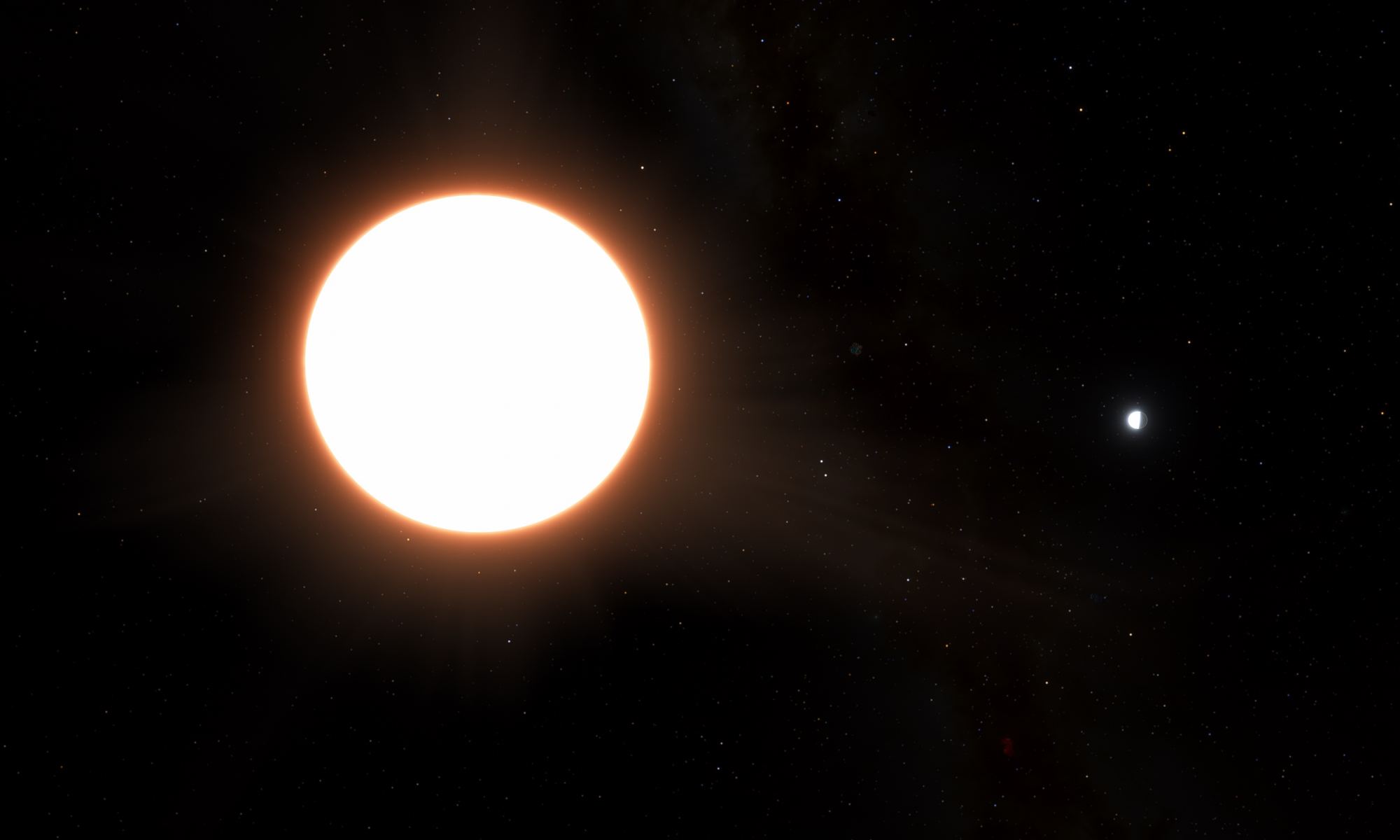Astronomers have found a very unusual exoplanet. It’s a Neptune-sized world that orbits its star every 19 hours, and it’s the brightest exoplanet ever discovered. They are still learning about this world, which is a challenge because at first glance the planet shouldn’t exist.
Planets don’t visibly shine with their own light. When we talk about how bright a planet is, we’re really talking about the fraction of light the planet reflects, known as its Bond albedo. That isn’t always the same as how bright it appears. For example, the Moon reflects about 10% of the sunlight that hits it. Though it has a light gray hue to our eyes, its surface is really more the color of dark asphalt. Venus, on the other hand, has an albedo of 0.76, which means it reflects about three-quarters of the light striking it.

Venus is exceptionally bright for a planet. In comparison, Earth only has an albedo of 0.3, and even Jupiter only 0.5. The only worlds that are brighter than Venus are icy moons such as Saturn’s Enceladus, which has a Bond albedo of 0.81. Water ice is extremely reflective, which is why cold icy planets can be so bright. Venus is bright because it is covered in clouds of sulfuric acid, which is reflective at optical wavelengths. Earth’s water clouds are bright, but they don’t completely cover our world, which is why it has a much lower albedo. And Jupiter’s cloud layers are a mix of things such as ammonia and water.
This new exoplanet, known as LTT 9779 b, reflects about 80% of the light reaching it. It’s not the brightest world we know, but as an ultra-hot Neptune, it shouldn’t be so bright. Given its proximity to its star, the sunside temperature is about 2,000 °C. This is far too hot for bright clouds of water vapor or other similar compounds. So how can it be so bright?
Based on its spectrum, the team thinks it’s due to clouds of titanium-laced silicates. In other words, it’s so bright because it has a cloud layer of titanium sand, which acts like a mirror. This is surprising because the planet’s temperature is too hot for silicates to be stable in the atmosphere. So the team believes there is a cycle of cloud formation. It’s similar to a hot sauna. Even though the temperature of the sauna is so hot that water droplets evaporate, the humidity of the sauna is so high that droplets keep forming and evaporating. LTT 9779 b could be so rich in metals that silicates keep forming in its atmosphere.
The extremely high albedo could also help explain how the planet has survived. The world falls into what is known as the hot-Neptune desert. It’s closer to its star than any other Neptune-sized world, likely because the extreme heat of the star strips young planets of their atmosphere. Hot Jupiters can be close to their star because they have a much stronger gravity to hold onto their atmospheres. The high reflectivity of LTT 9779 b may protect it from the heat, allowing the world to survive despite being too close for its Neptune size.
Further observations will help astronomers solve these mysteries. So far, the team has relied on data from the CHaracterising ExOPlanets Satellite (CHEOPS). They hope to gather data using the James Webb Space Telescope in the future, which will give them infrared observations.
Reference: Hoyer, S., et al. “The extremely high albedo of LTT 9779 b revealed by CHEOPS: An ultrahot Neptune with a highly metallic atmosphere.” Astronomy & Astrophysics 675 (2023): A31.

